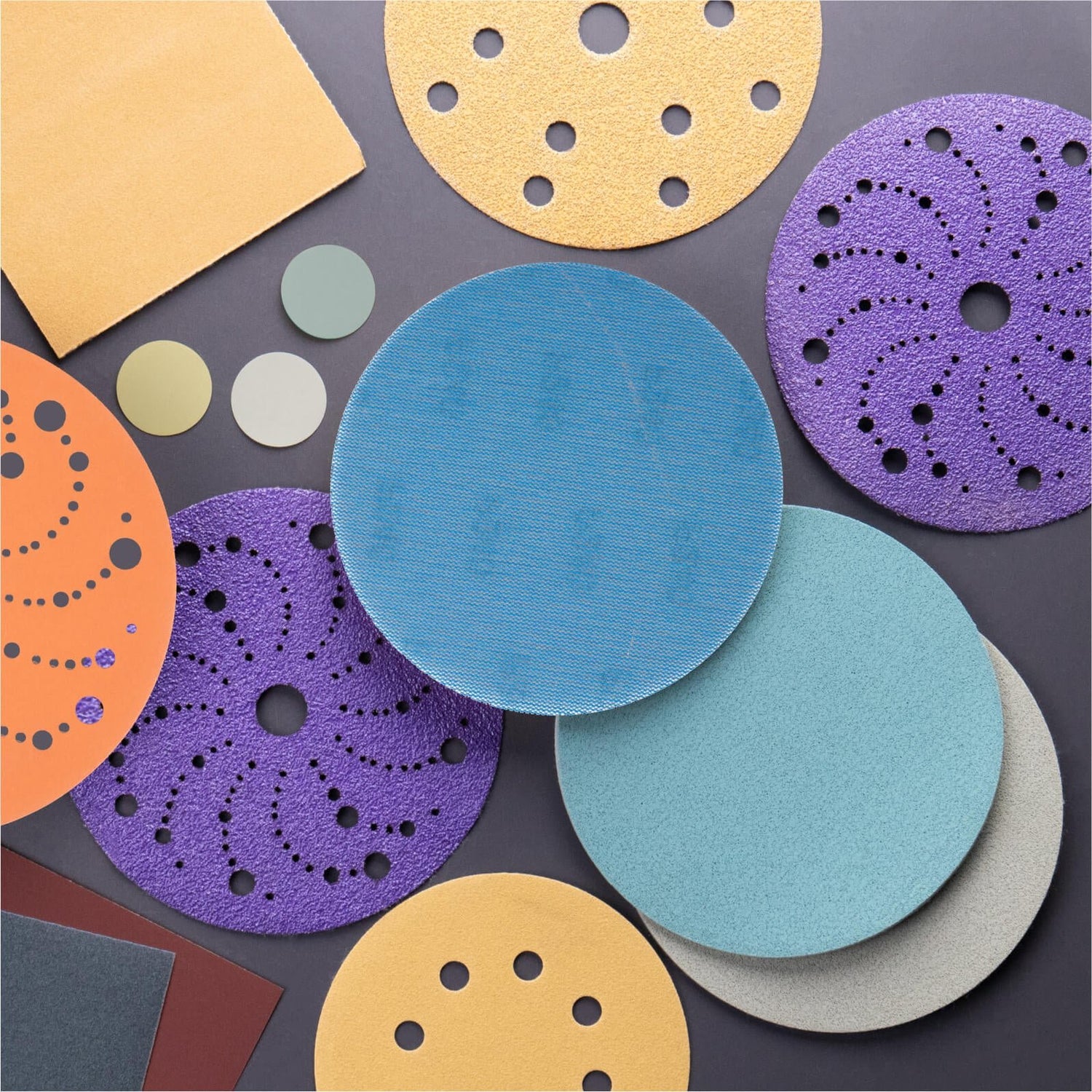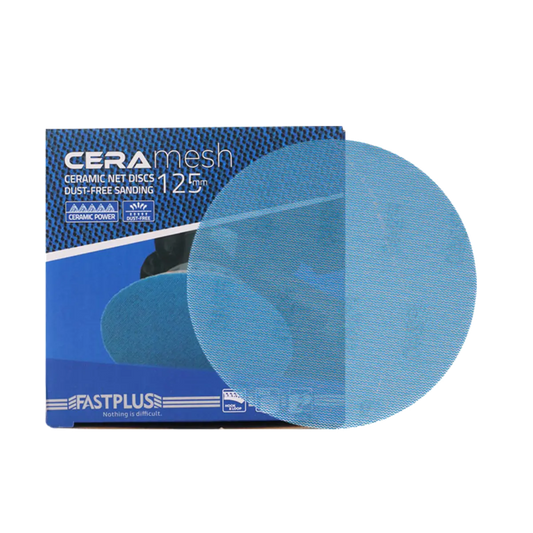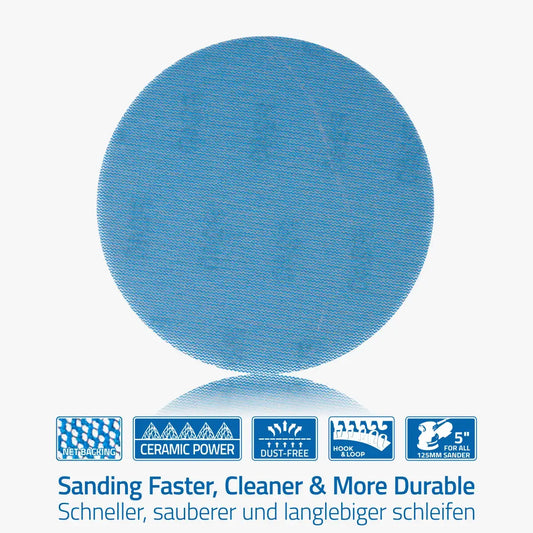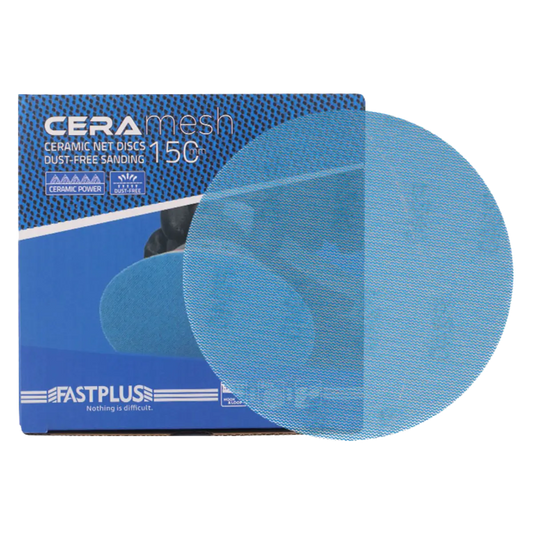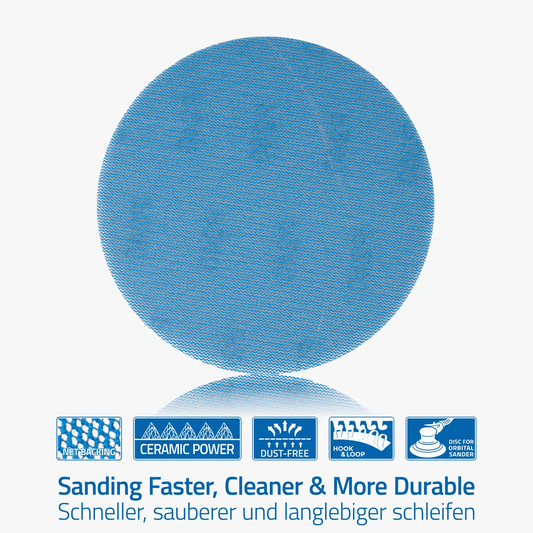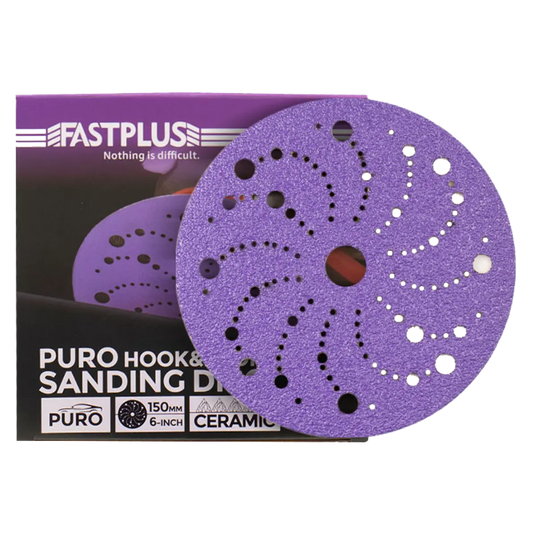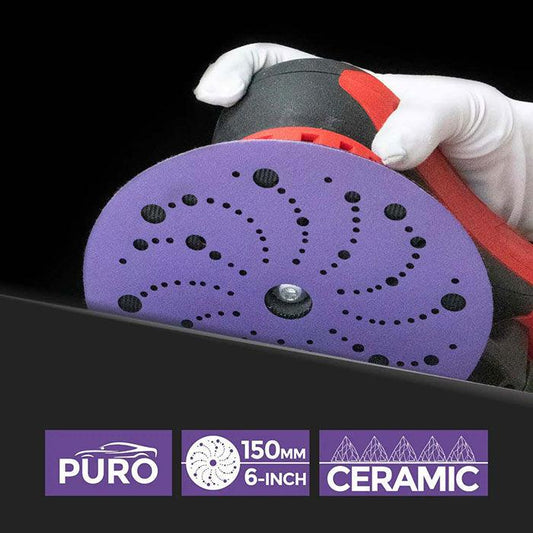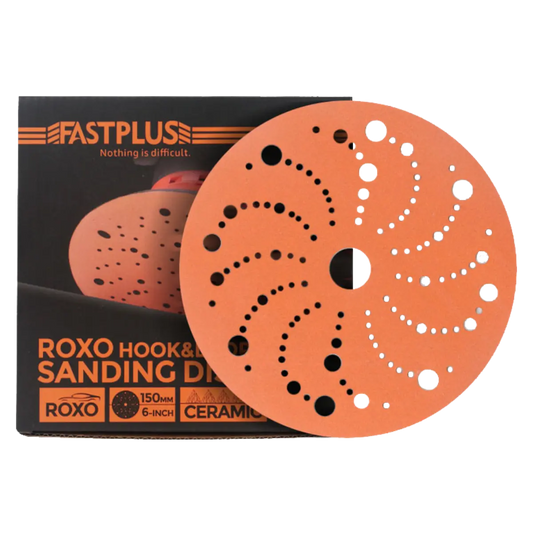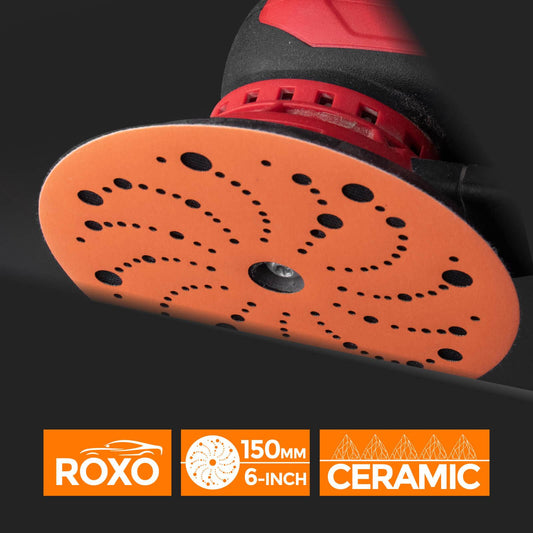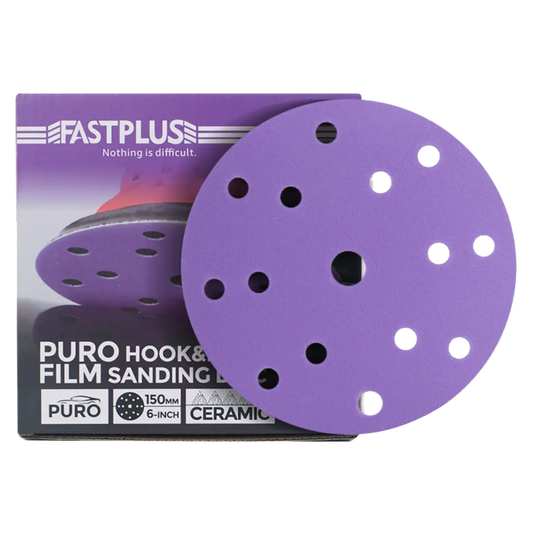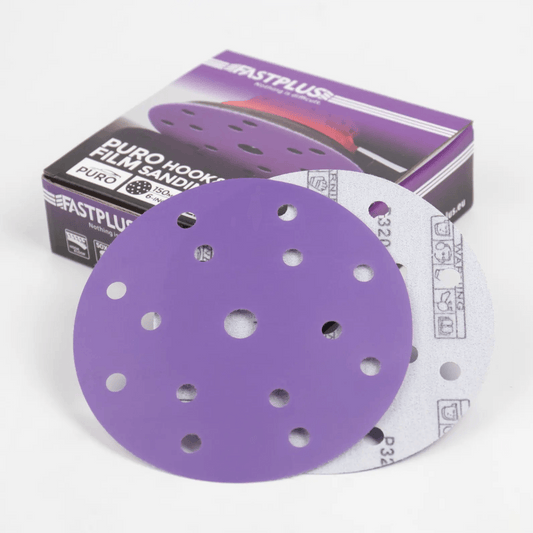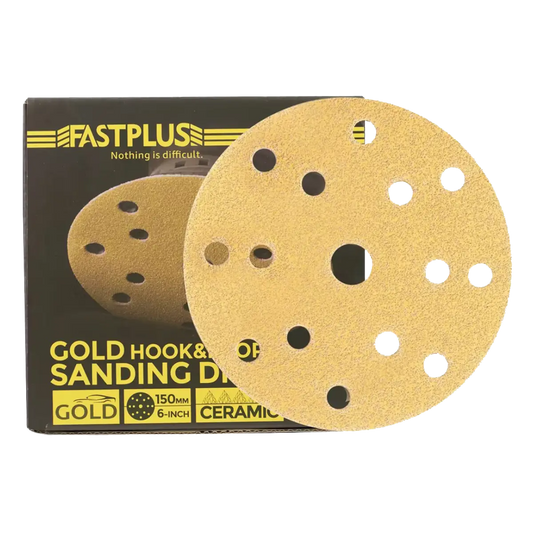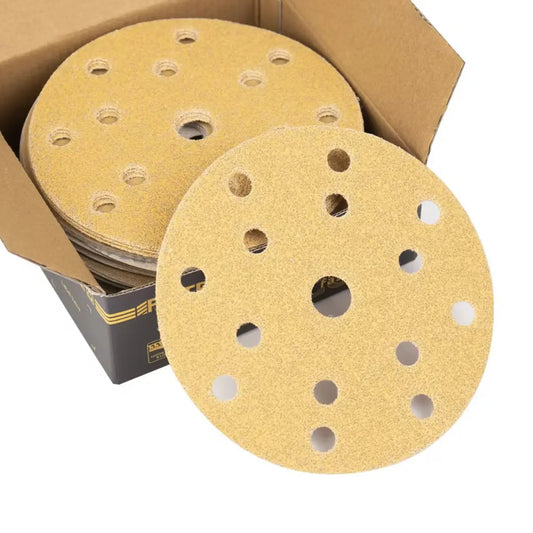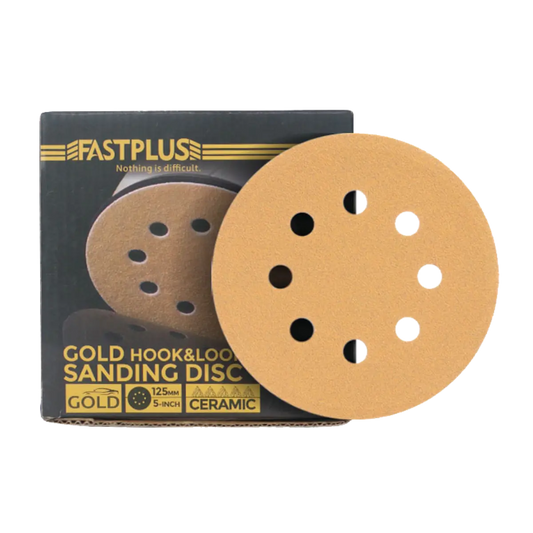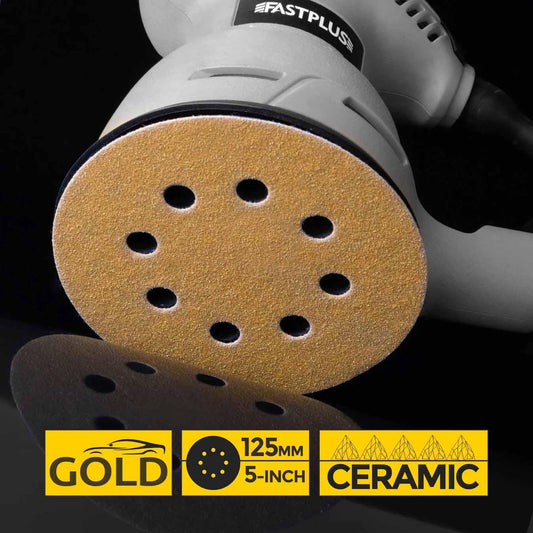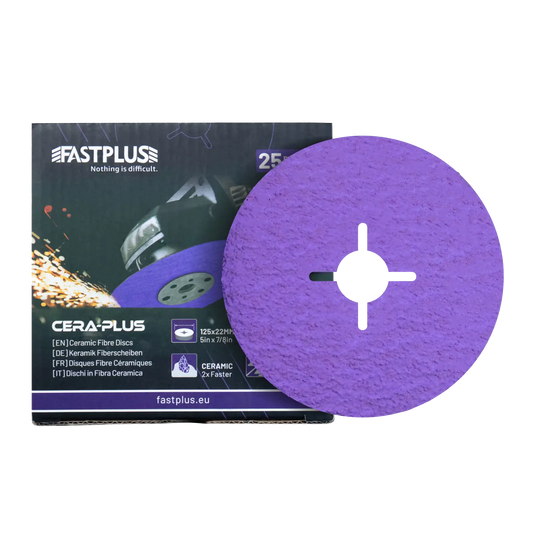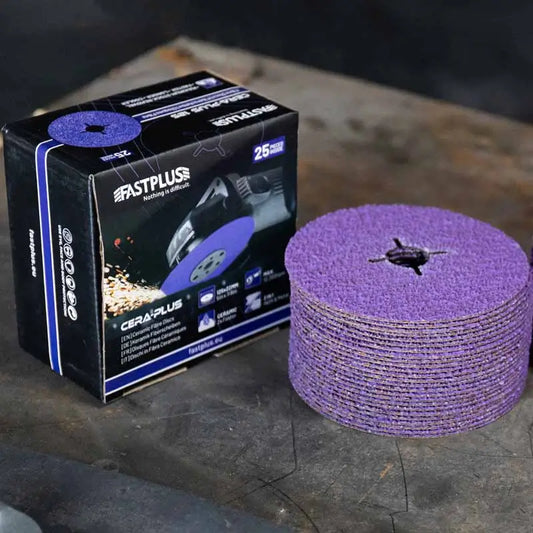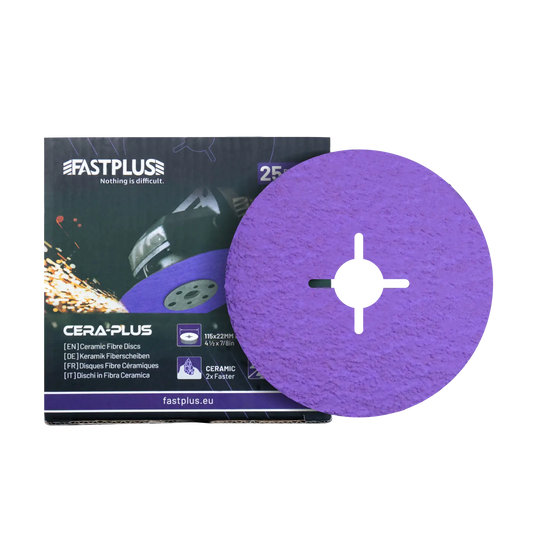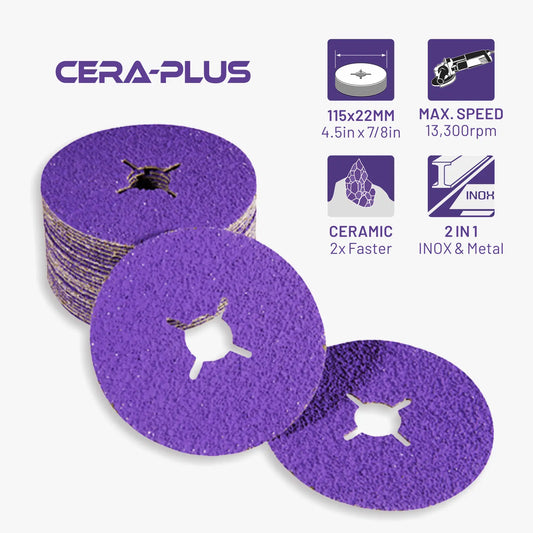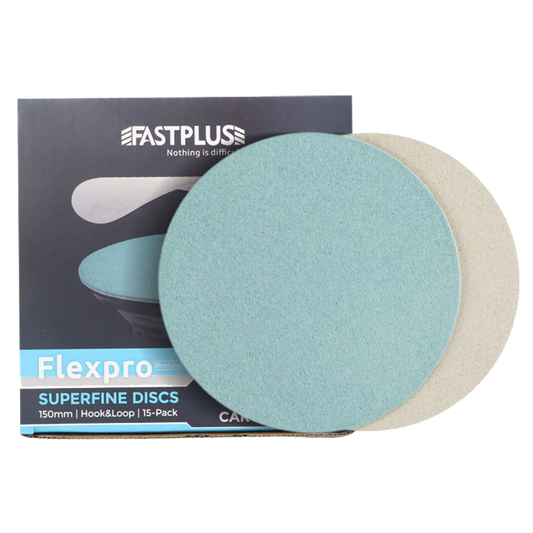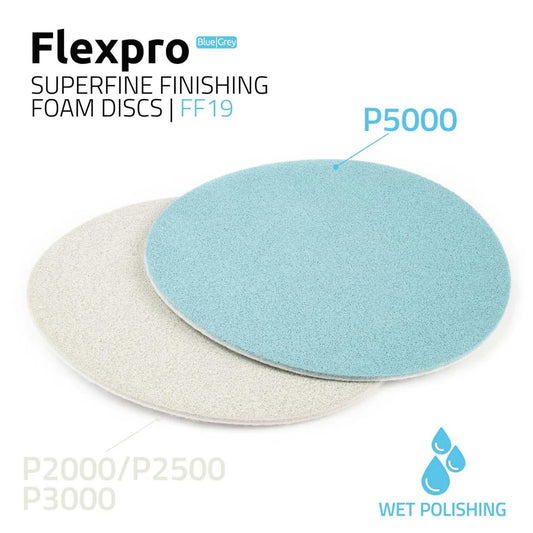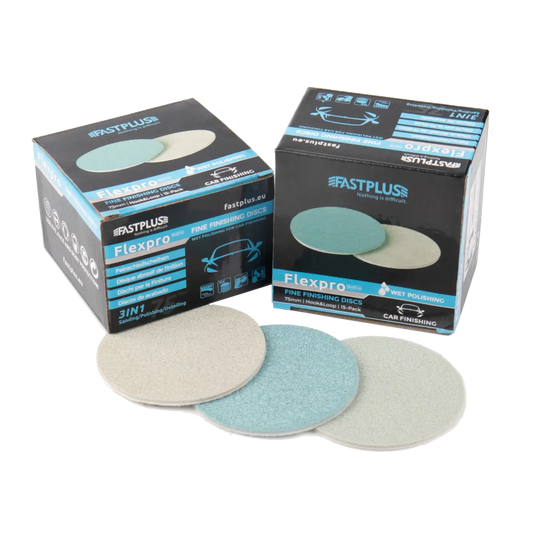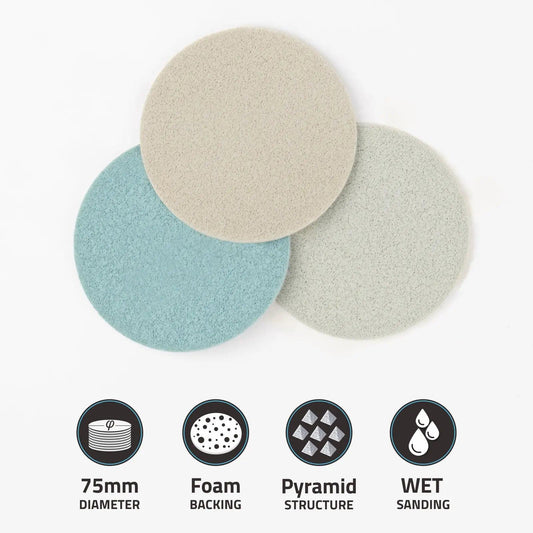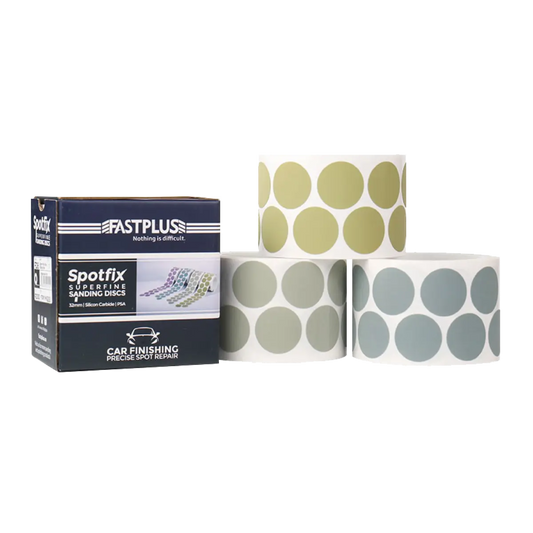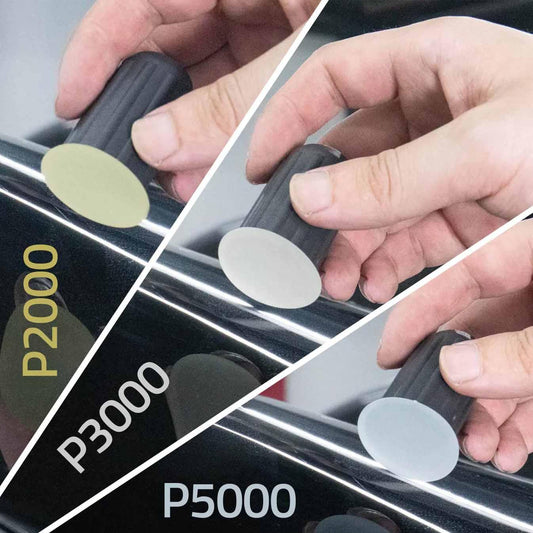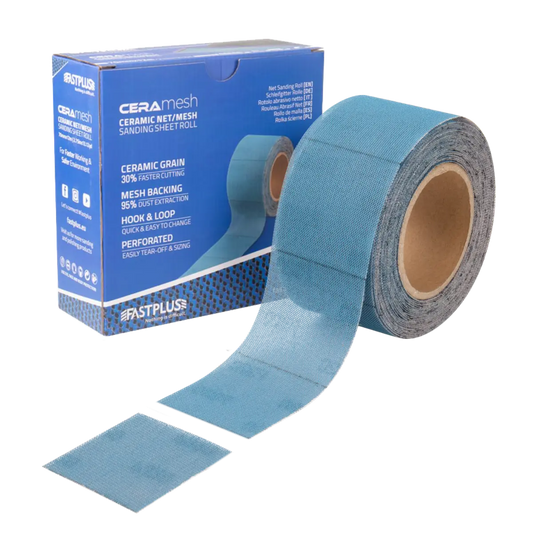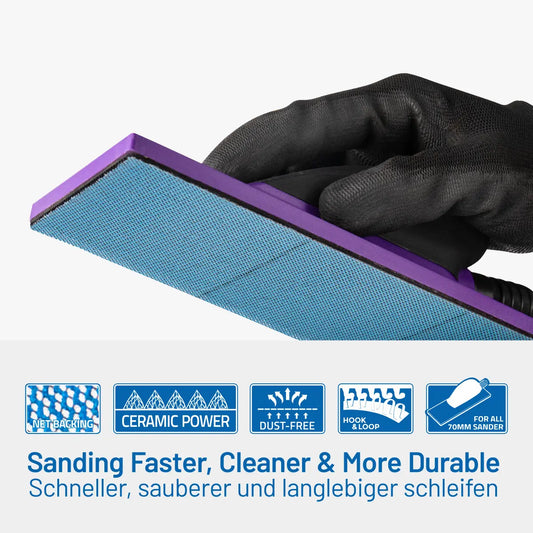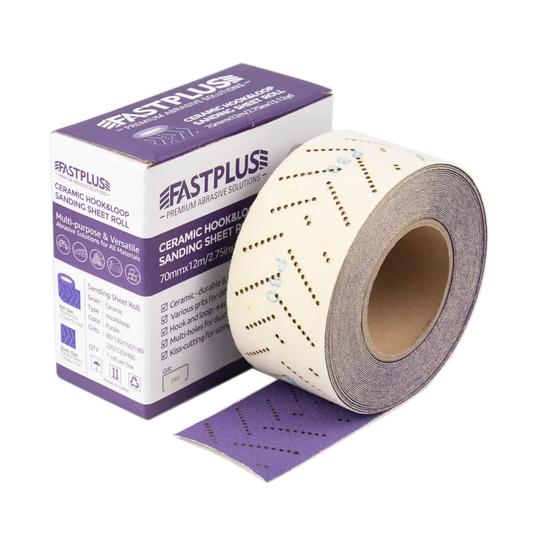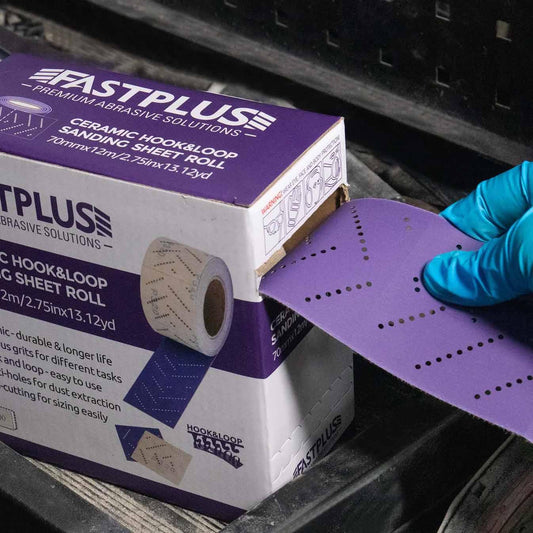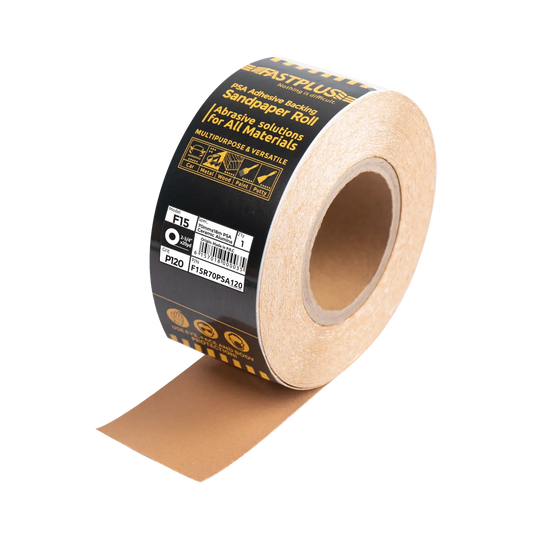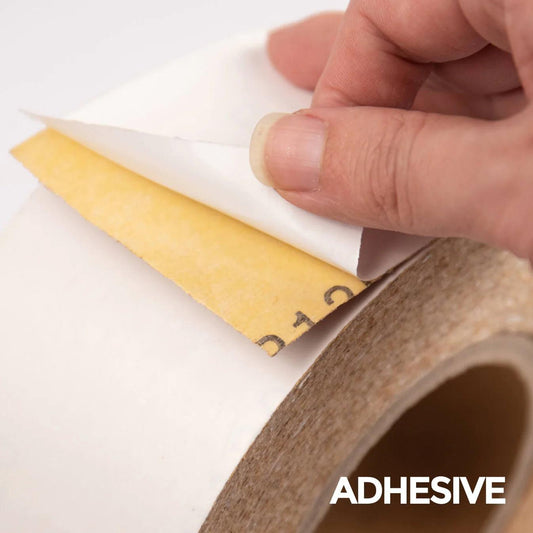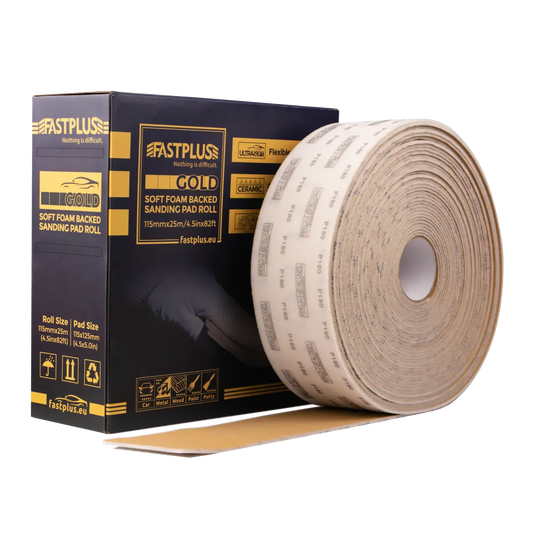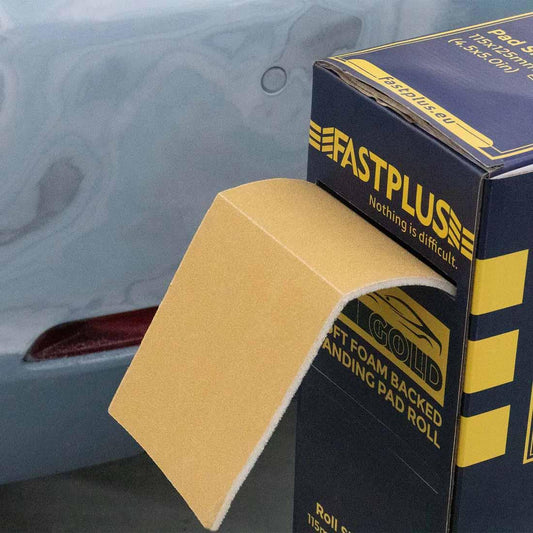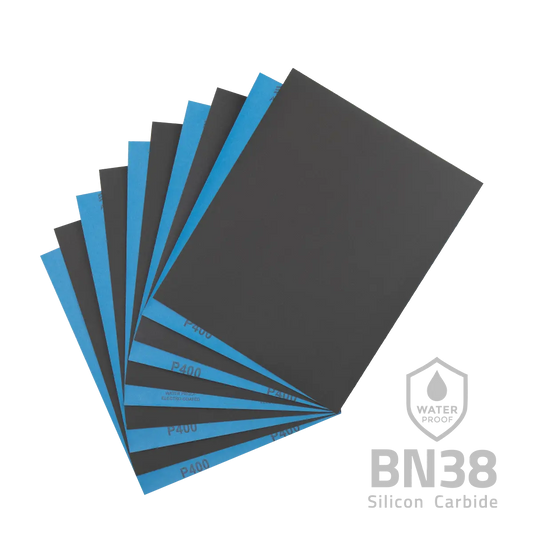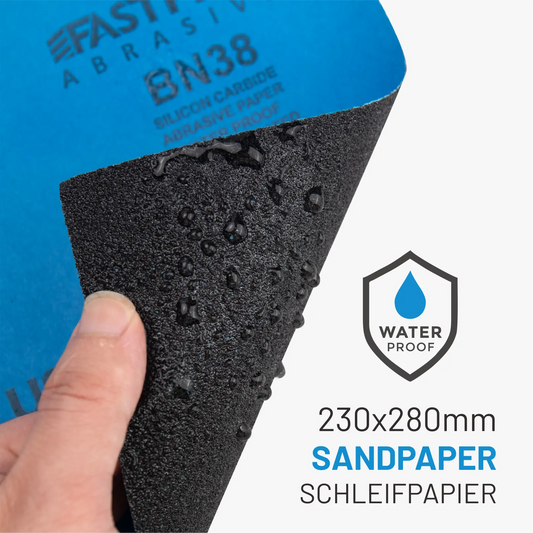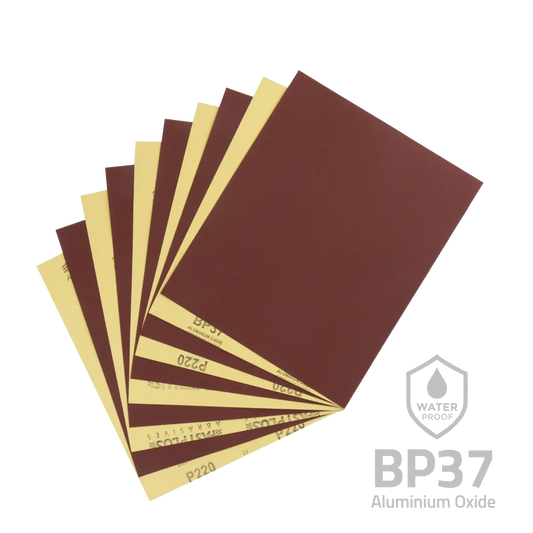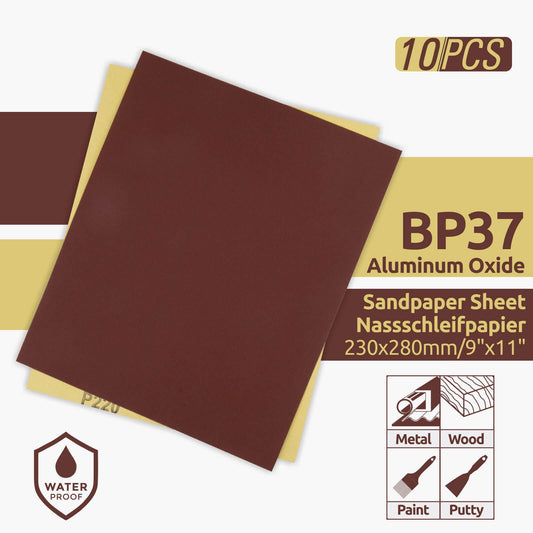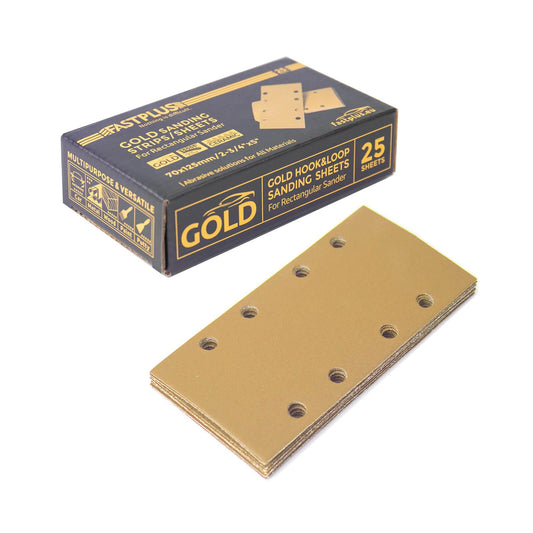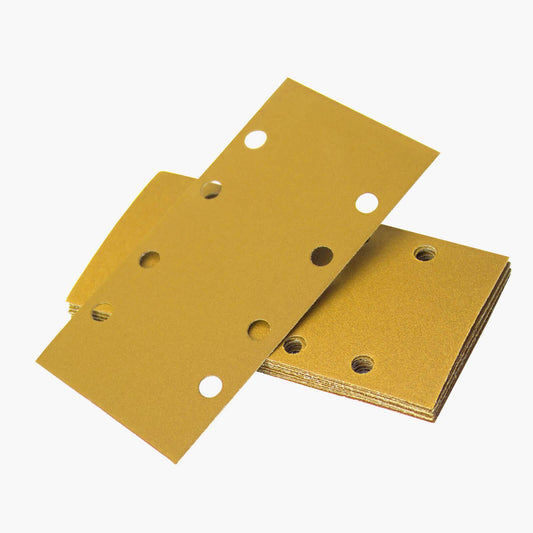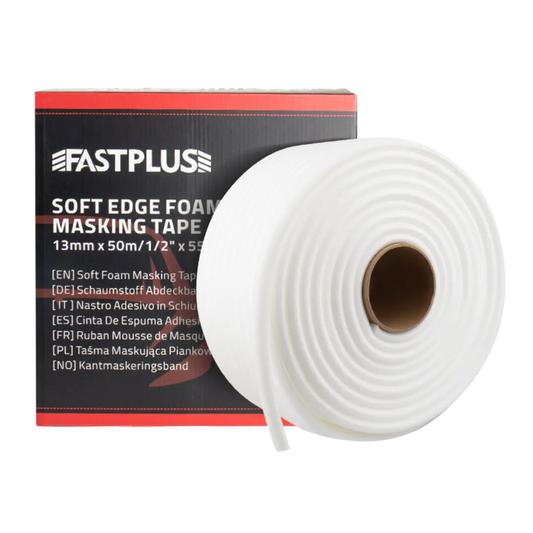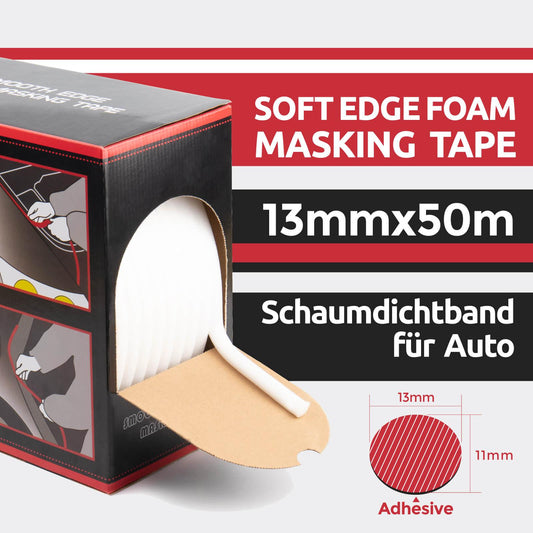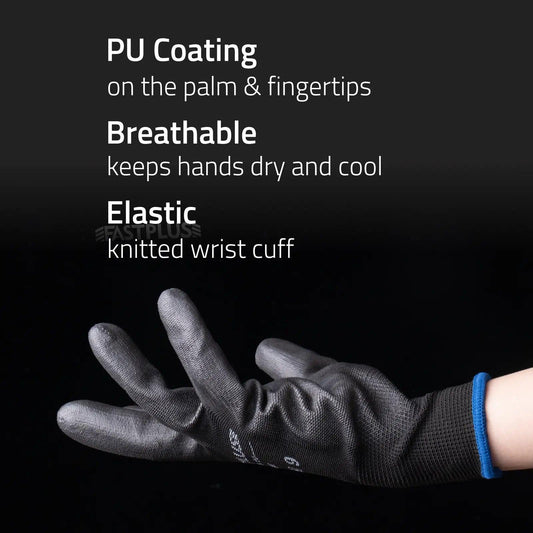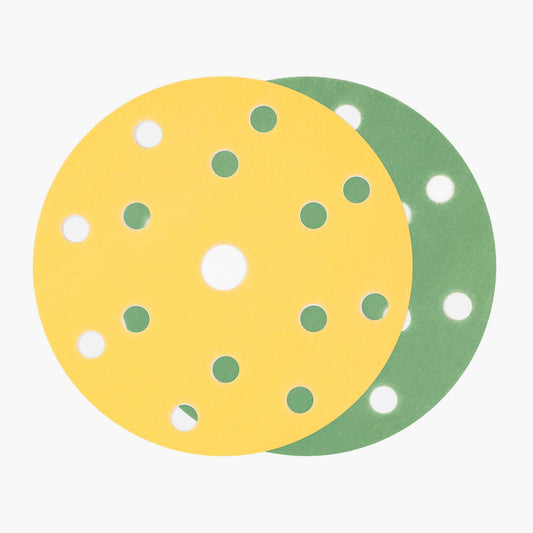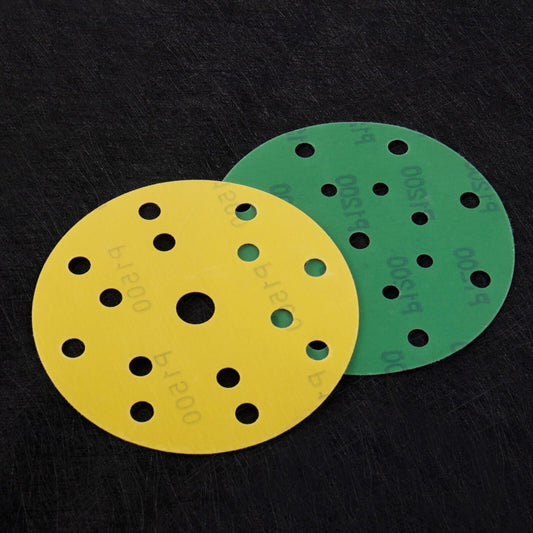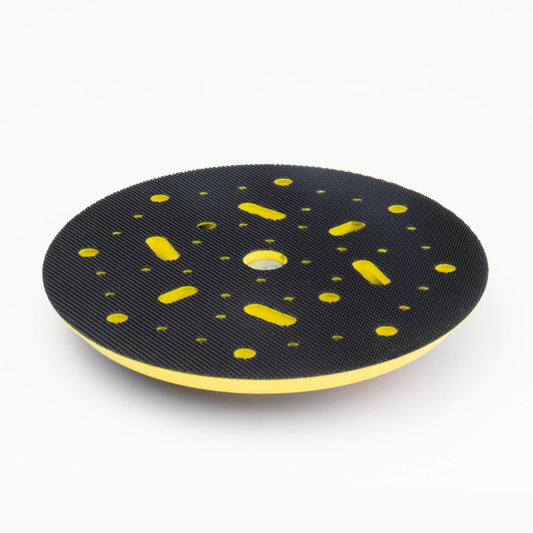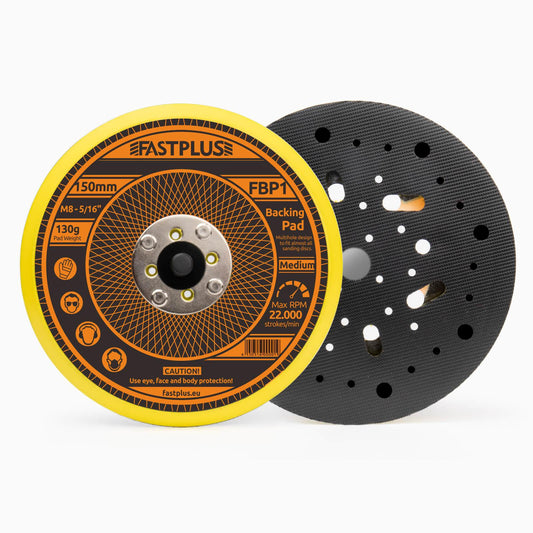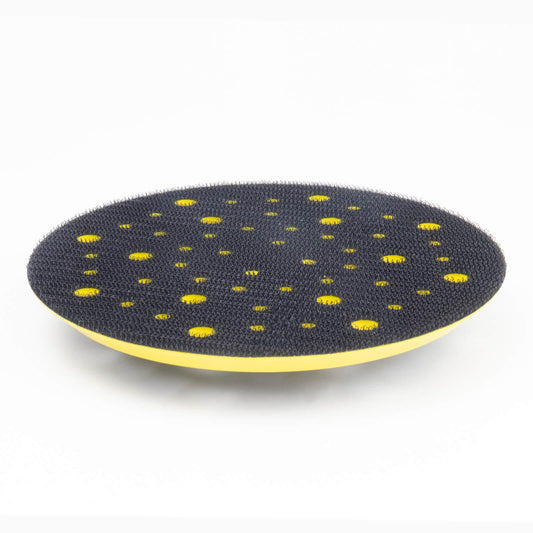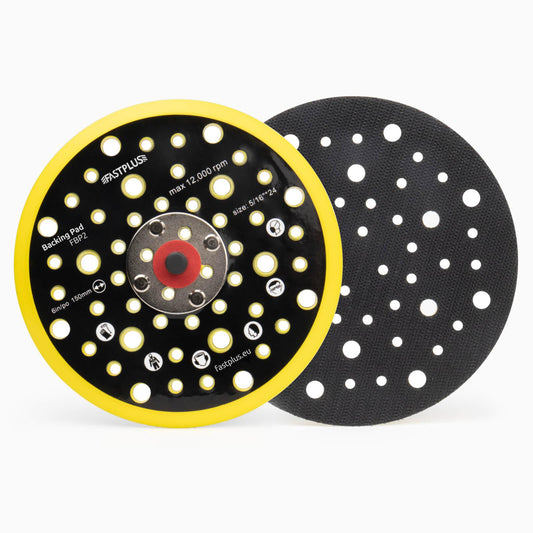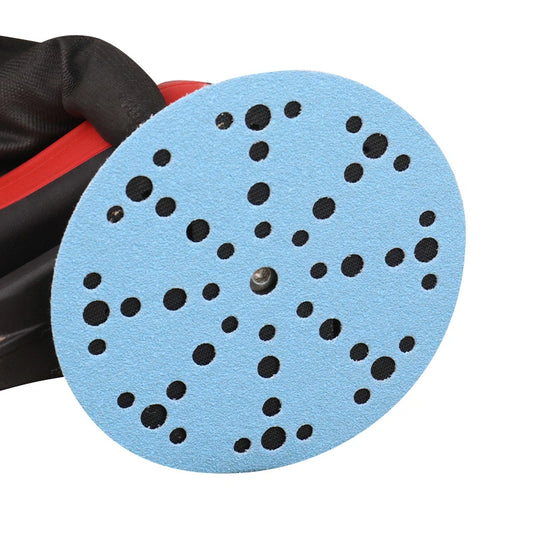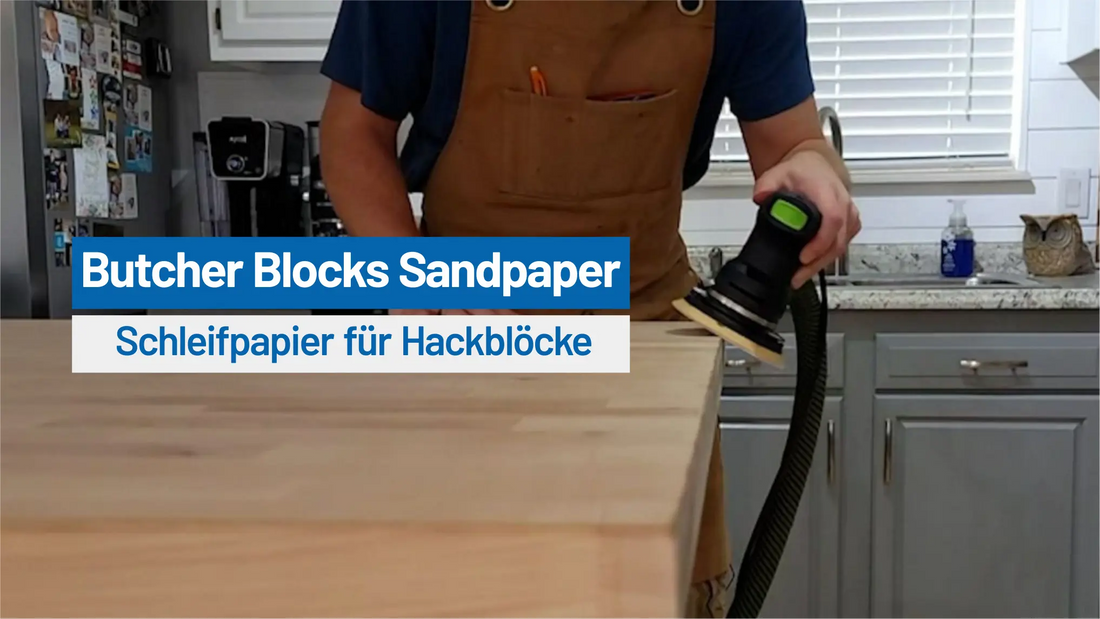
How to Choose the Right Sandpaper Grit for Butcher Blocks
Sanding your butcher block countertop or cutting board is an essential part of maintaining its smooth surface and functionality. To achieve the best results, it’s crucial to understand sandpaper grit for butcher blocks. The right grit size determines how effectively you can remove scratches, stains, or uneven surfaces while preparing the block for finishing. Whether you’re using coarse, medium, or fine grits, choosing the proper sandpaper will help restore the beauty of your butcher block, making it look new and ready for daily use again. With the right tools and technique, the process becomes quicker and more efficient.
Why Sanding Your Butcher Block Matters
Sanding your butcher block serves several key purposes:

- Smoothens the Surface: Sanding removes scratches, stains, and knife marks, restoring a like-new surface.
- Prepares for Finishing: A properly sanded block ensures that oils and sealants penetrate evenly, providing lasting protection.
- Improves Hygiene: Eliminating rough patches prevents food particles from lodging in cracks and scratches, reducing the risk of bacteria buildup.
Understanding Sandpaper Grit
Sandpaper grit refers to the coarseness of the abrasive particles on the sandpaper. Grit size determines how much material is removed and the smoothness of the surface. Here’s a breakdown:
- Coarse Grit (40-60 grit): Best for heavy sanding, removing deep scratches, stains, or uneven spots.
- Medium Grit (80-120 grit): Ideal for smoothing the surface after coarse sanding and eliminating scratches from the initial step.
- Fine Grit (150-220 grit): Used for finishing touches, creating a smooth surface for oiling or sealing.
- Extra Fine Grit (320+ grit): Perfect for polishing and creating an ultra-smooth finish, though not always necessary for butcher blocks.
Essential Tools for Sanding Butcher Blocks
Before starting, gather the following materials and tools:

- GOLD Sanding Discs Ceramic: Durable and efficient, ideal for aggressive material removal with coarse grits.
- Net Sanding Discs: Excellent for medium and fine sanding, offering reduced dust and clogging.
- PSA Sandpaper Rolls: Convenient for hand sanding or detailed work around edges and corners.
- Power Sander (Orbital or Belt Sander): Ideal for efficient sanding, reducing time and effort, especially for large butcher blocks.
- Damp Cloth or Tack Cloth: Essential for cleaning the surface between sanding steps, ensuring no dust or debris remains before moving to the next grit.
- Protective Equipment: Gloves, a mask, and safety glasses to protect yourself while sanding.
Step-by-Step Guide to Sanding Butcher Blocks
Now that you understand the importance of choosing the right sandpaper grit for butcher blocks, it's time to dive into the sanding process. Sanding can seem like a daunting task, but by breaking it down into clear steps, you can achieve a beautifully restored surface. The key to a successful sanding job is knowing exactly where to begin, how to proceed through each sanding stage, and when to switch between grits. Follow this guide for a smooth, polished finish on your butcher block.
Step 1: Evaluate the Condition of the Butcher Block
Before selecting your grit, inspect the surface for:
- Deep Scratches or Stains: Start with coarse grit sandpaper (40-60).
- Minor Imperfections: Begin with medium grit (80-120).
- Smooth Surfaces Needing Refinement: Use fine grit (150-220) directly.
Knowing where to begin ensures you don’t over-sand or waste time using the wrong grit.
Step 2: Prepare the Surface
- Remove any items or obstructions from the butcher block.
- Clean the surface thoroughly to remove dirt, grease, or food residue.
- Secure the block to prevent movement during sanding.
Step 3: Sand with Coarse Grit (40-60 Grit)
Coarse grit sandpaper is used for heavy-duty sanding to remove deep scratches, stains, and uneven surfaces.
- Attach Coarse Grit Sandpaper: Use durable sanding discs for quick material removal.
- Sand Along the Grain: Always sand with the wood grain to avoid cross-grain scratches.
- Apply Even Pressure: Let the sander do the work; pressing too hard can create uneven surfaces.
- Check Progress Frequently: Wipe the surface with a damp cloth to inspect your work.
Continue sanding until deep imperfections are smoothed out, but avoid over-sanding as it may thin the block unnecessarily.
Step 4: Refine with Medium Grit (80-120 Grit)
After removing the major imperfections, switch to medium grit sandpaper to smooth the surface further.
- Switch to Net Sanding Discs: These discs are excellent for medium sanding and reduce clogging from wood dust.
- Sand Evenly: Overlap your sanding strokes slightly to ensure a uniform finish.
- Focus on Scratches Left by Coarse Grit: Medium grit will refine the surface, eliminating the roughness caused by coarse sandpaper.
- Wipe Clean: Use a damp cloth to remove any remaining dust.
Step 5: Finish with Fine Grit (150-220 Grit)
Fine grit sandpaper is the final step for preparing the surface for finishing.
- Attach Fine Grit Sandpaper: Use PSA Sandpaper Rolls for hand sanding detailed areas like edges or corners.
- Sand Lightly Along the Grain: This step polishes the surface, leaving it smooth and ready for sealing.
- Check for Smoothness: Run your hand over the block to ensure there are no rough spots.
- Clean the Surface: Use a tack cloth to remove fine dust.
Step 6: Optional Polishing with Extra Fine Grit (320+ Grit)
For an ultra-smooth finish, especially for aesthetic purposes, you can use extra fine grit sandpaper.
- Use Net Sanding Discs: These are ideal for polishing and provide a nearly dust-free experience.
- Sand Gently: Apply minimal pressure and focus on a consistent finish.
This step is optional but adds a professional touch to your butcher block.
Step 7: Apply a Protective Finish
Once sanding is complete, seal the butcher block to protect the wood and enhance its appearance:
- Choose a Food-Safe Finish: Use mineral oil, butcher block oil, or beeswax for a natural, food-safe option.
- Apply with a Cloth: Work the finish into the grain using a lint-free cloth.
- Let It Soak: Allow the finish to penetrate for several hours, then wipe away excess oil.
Tips for Sanding Butcher Blocks
- Always Sand with the Grain: This prevents scratches and ensures a smooth, professional finish.
- Clean Between Grit Changes: Wipe the surface clean before switching to finer grit sandpaper to avoid contamination.
- Use High-Quality Sanding Tools: Durable sanding discs and net sanding discs provide consistent results and last longer.
- Don’t Skip Grit Levels: Gradually move from coarse to fine grit to achieve the best results.
Frequently Asked Questions
 Q: Can I sand a butcher block by hand?
Q: Can I sand a butcher block by hand?
Yes, hand sanding is effective for small areas or detailed work. Use PSA Sandpaper Rolls for flexibility and control.
Q: How often should I sand my butcher block?
Sand your butcher block whenever it shows significant wear or scratches. Light sanding with fine grit every few months can help maintain its surface.
Q: Do I need a power sander?
While not required, a power sander speeds up the process and ensures even sanding, especially for large butcher blocks.
Conclusion
Sanding your butcher block is a rewarding process that restores its beauty and functionality. By choosing the right sandpaper grit and using high-quality tools, you can achieve professional results. Follow these detailed steps to transform your butcher block into a smooth, polished surface ready for years of use.
Take the time to invest in quality materials and follow the process carefully, and your butcher block will remain a stunning centerpiece in your kitchen for years to come.
